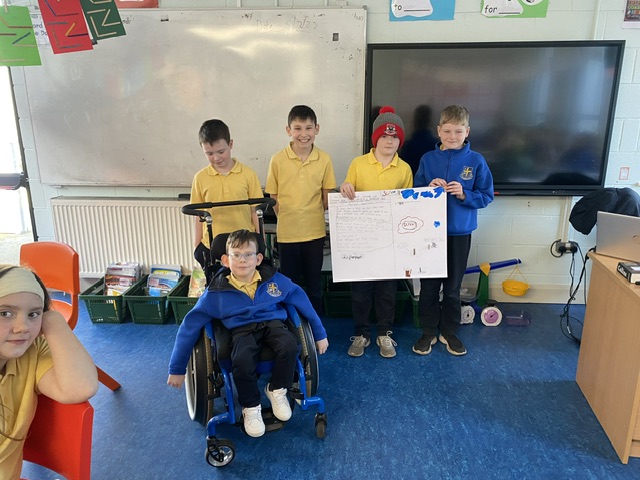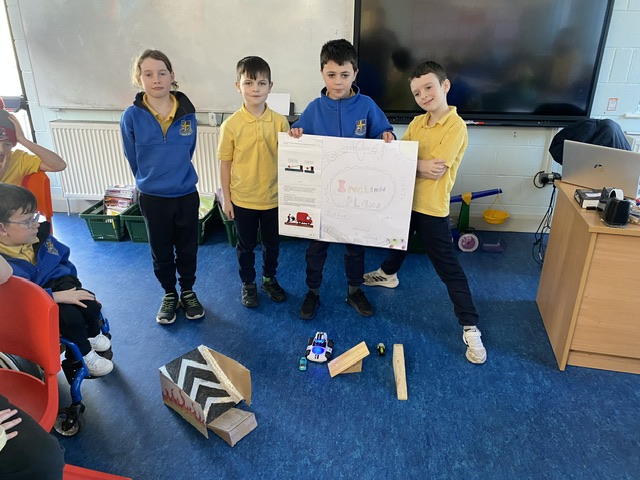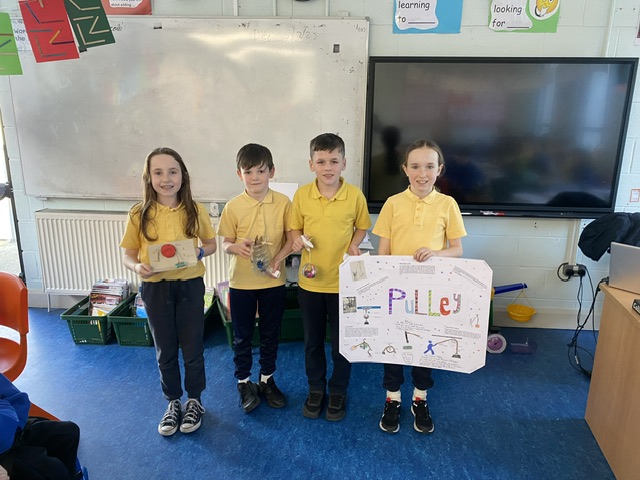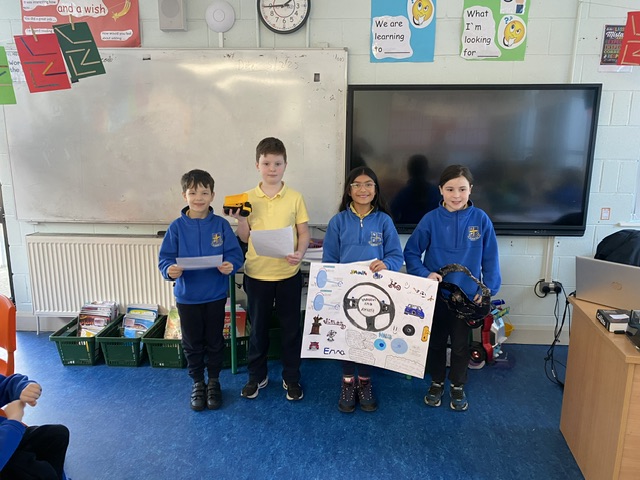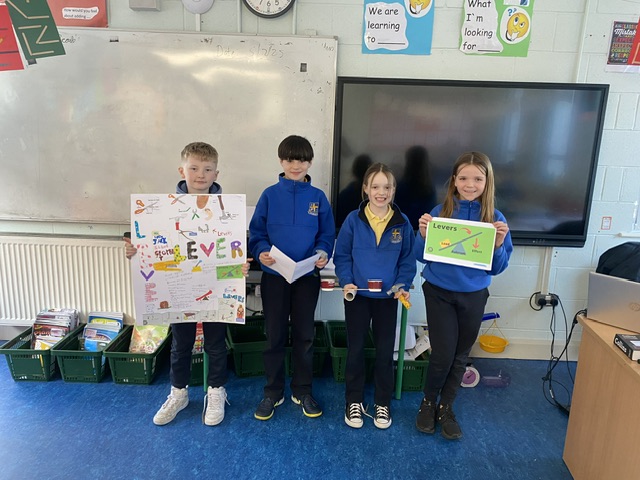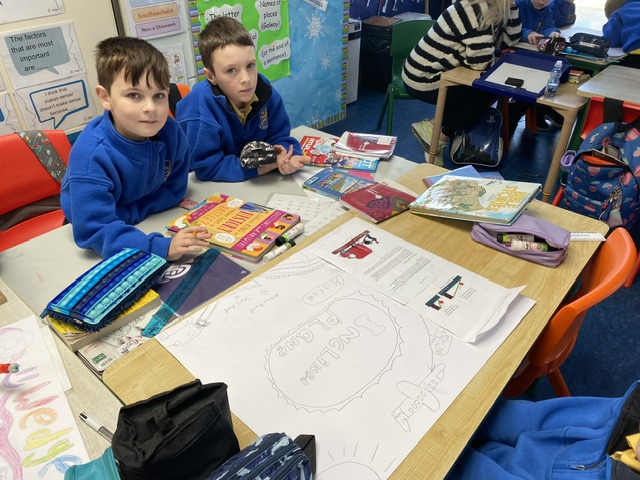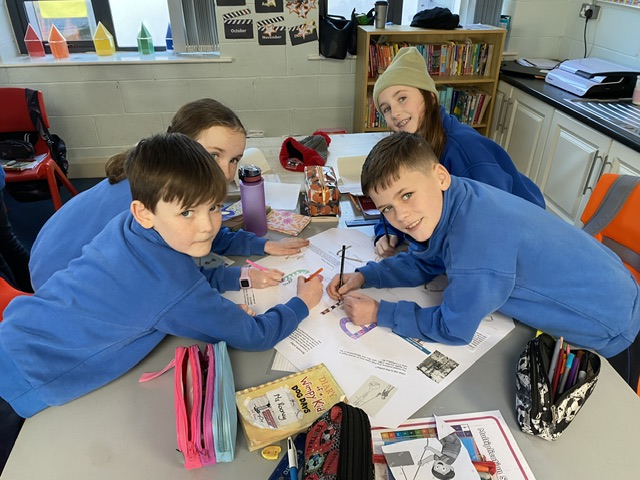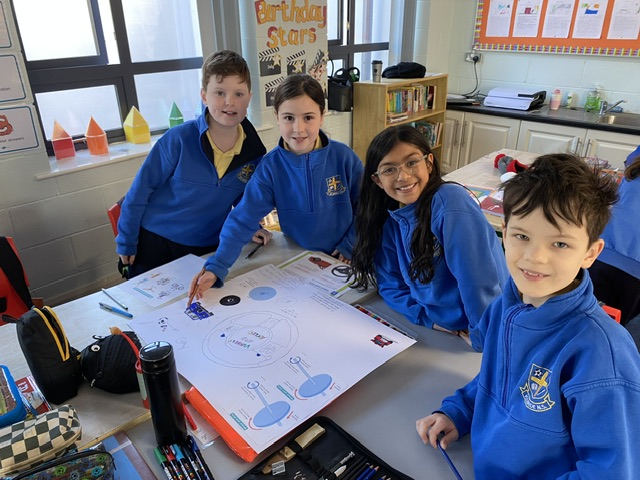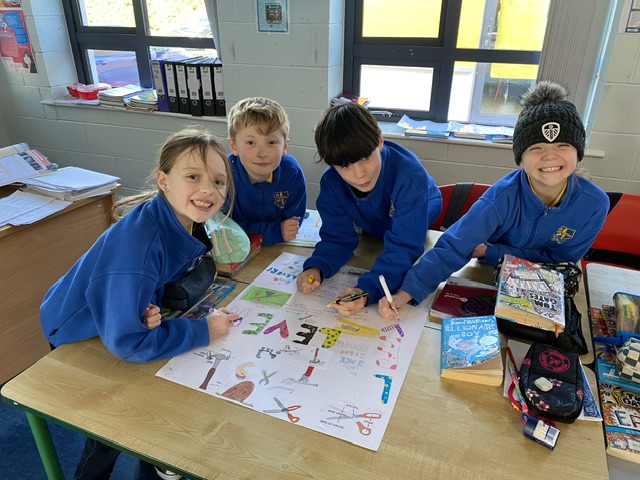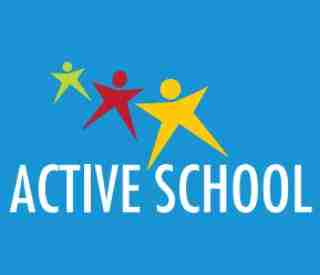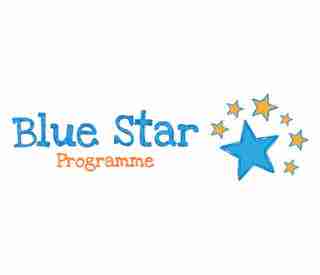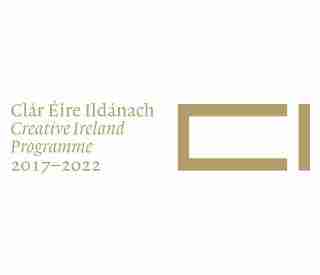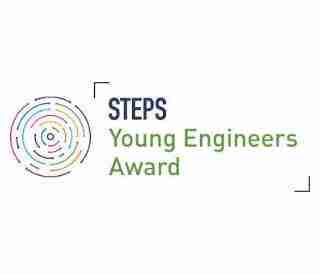In First Class, we focused on the Materials strand, and the strand unit of Properties and Characteristics of Materials.
We learned about famous bridges around the world, and then took on the challenge of designing and making our own!
The children worked in small groups to come up with and construct their designs. We used a variety of materials such as Lego, Jenga, blocks, recycled cardboard materials and our maths books.
The children came up with some brilliant designs and used their creativity and problem-solving skills, e.g., the group using our maths books discovered a way to make the books stand more strongly by interlinking them!
The initial challenge was to make a bridge which could hold the weight of a toy car, but the children decided this was too easy! Instead, we tested our bridges using water bottles, pencil cases, lunchboxes - even some school bags!
We learned lots and had lots of fun!
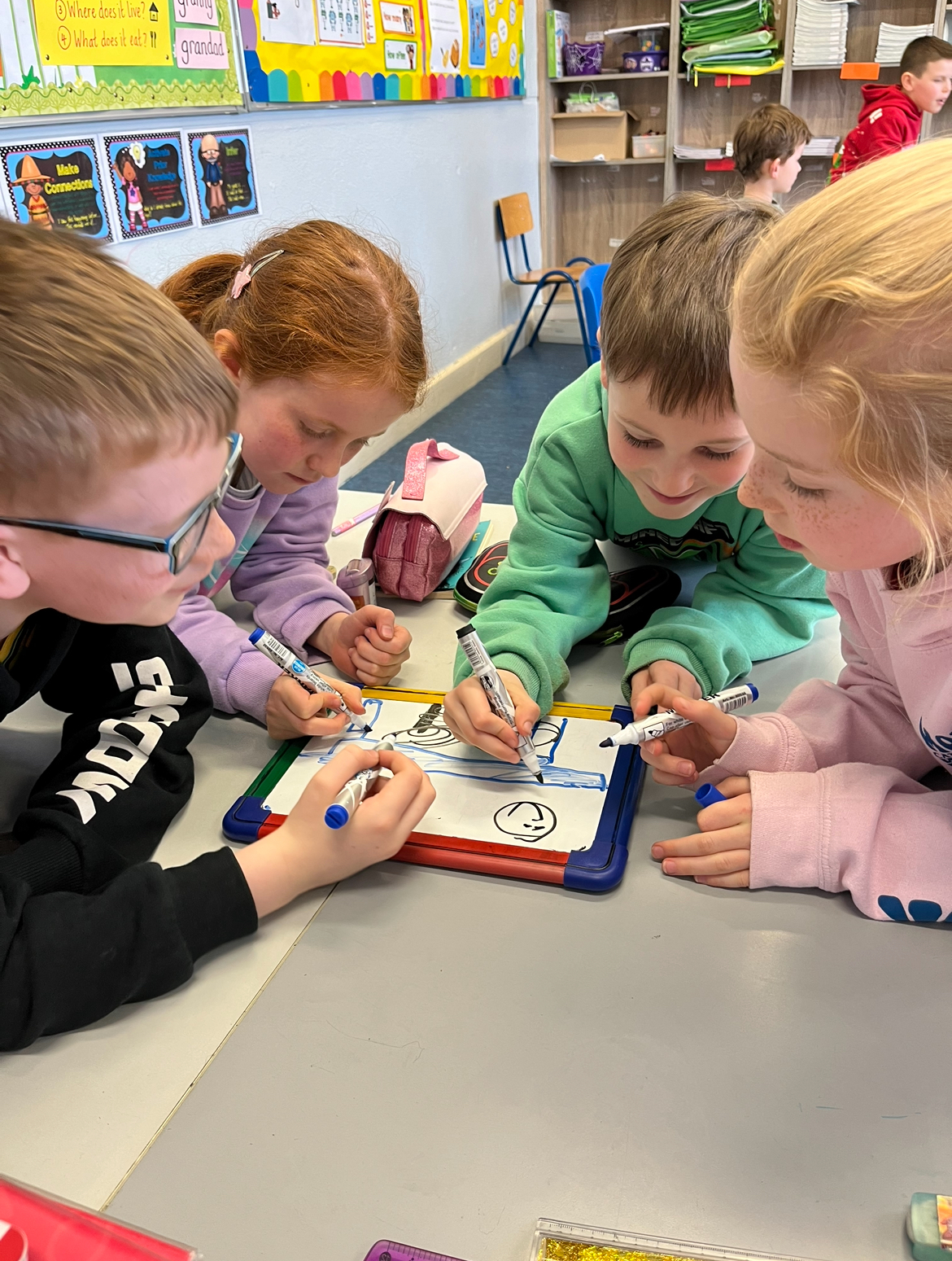

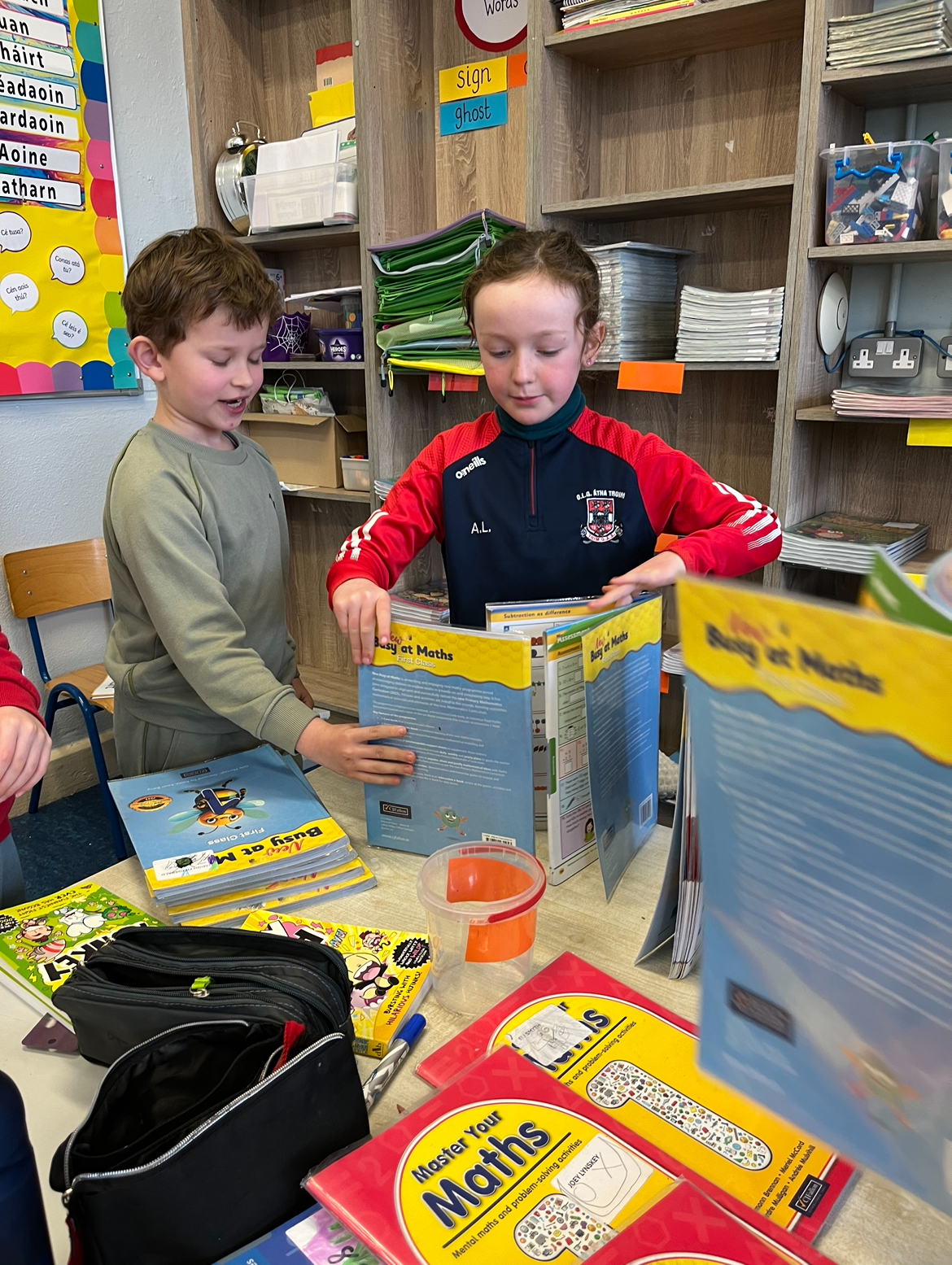



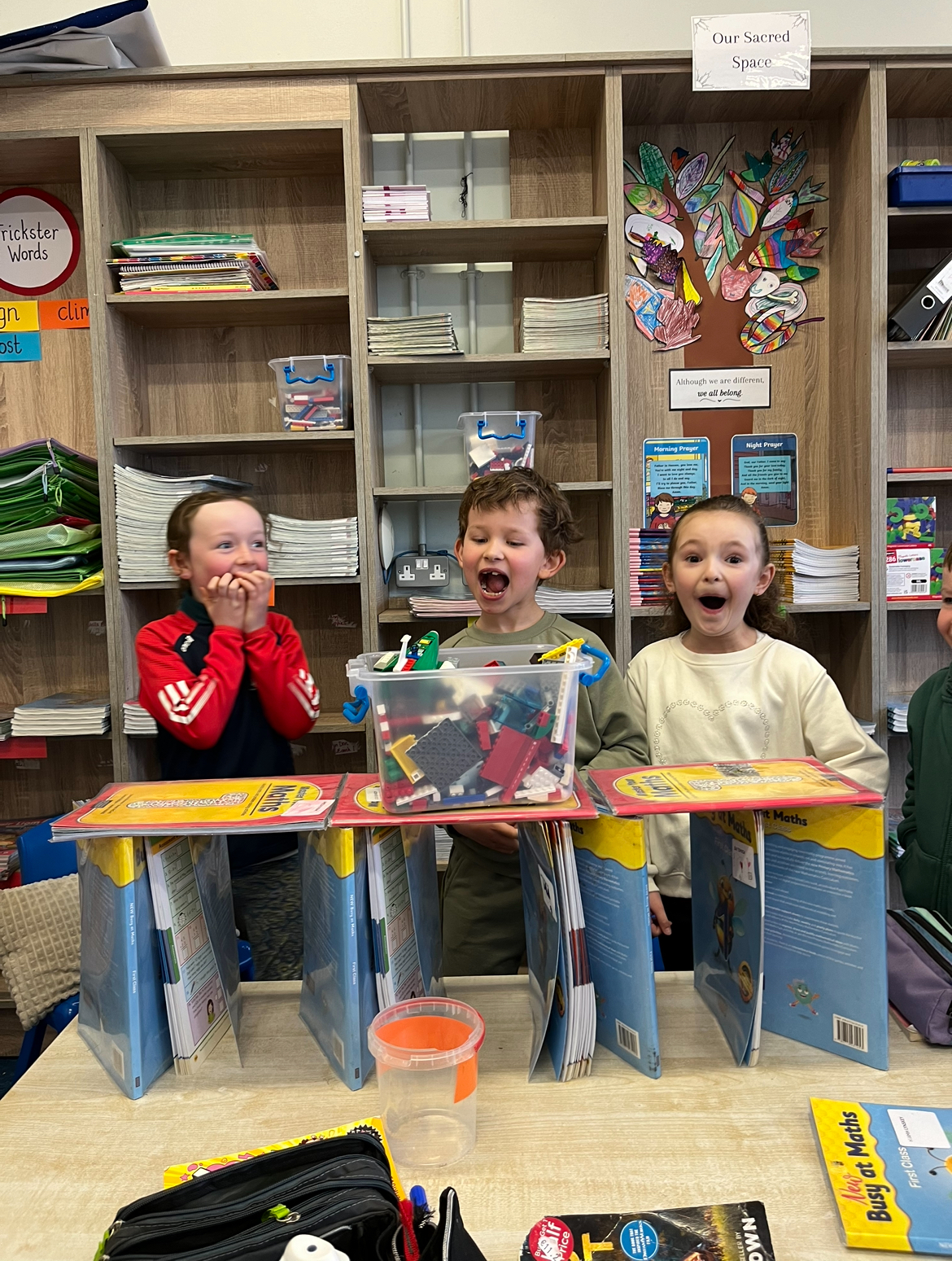
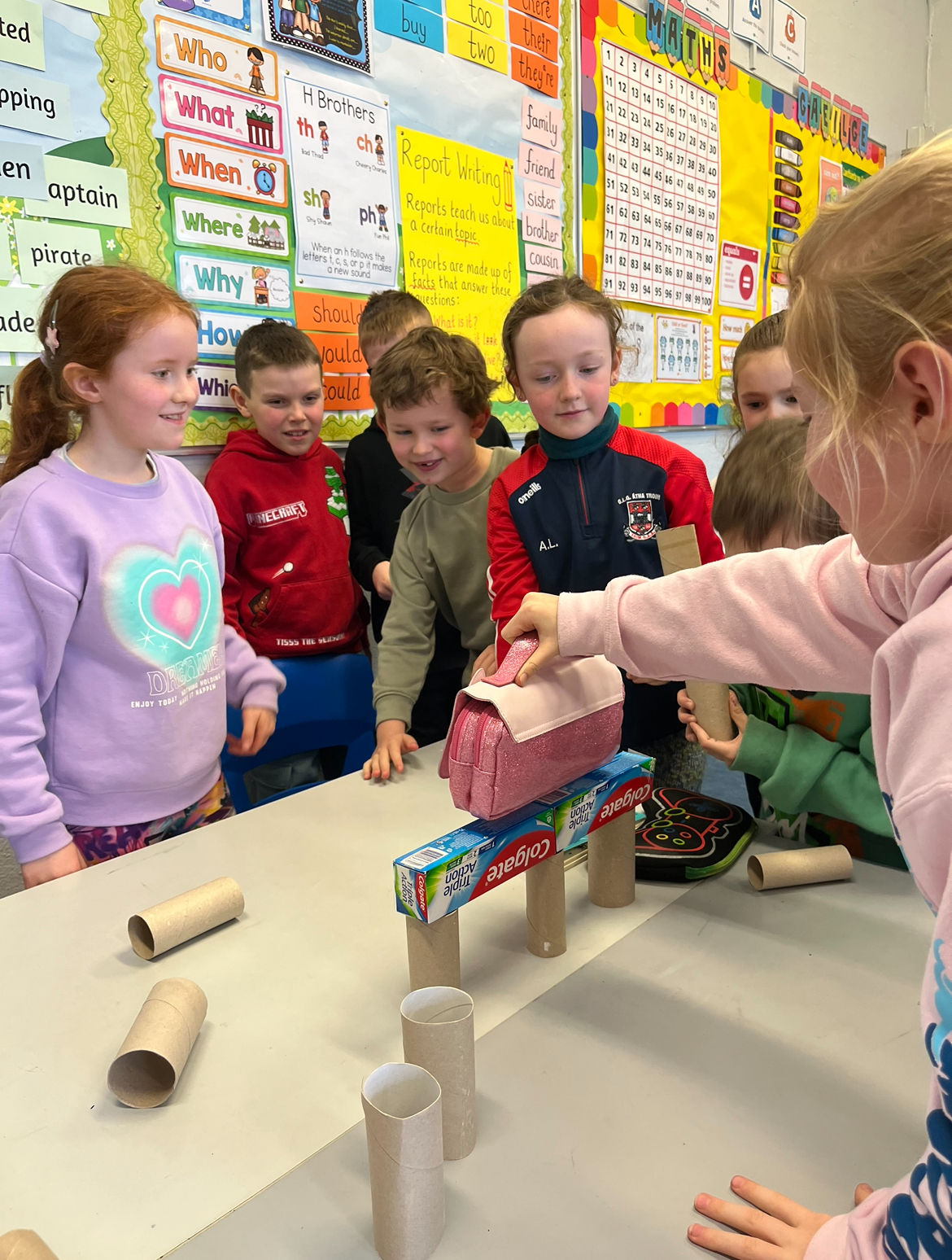
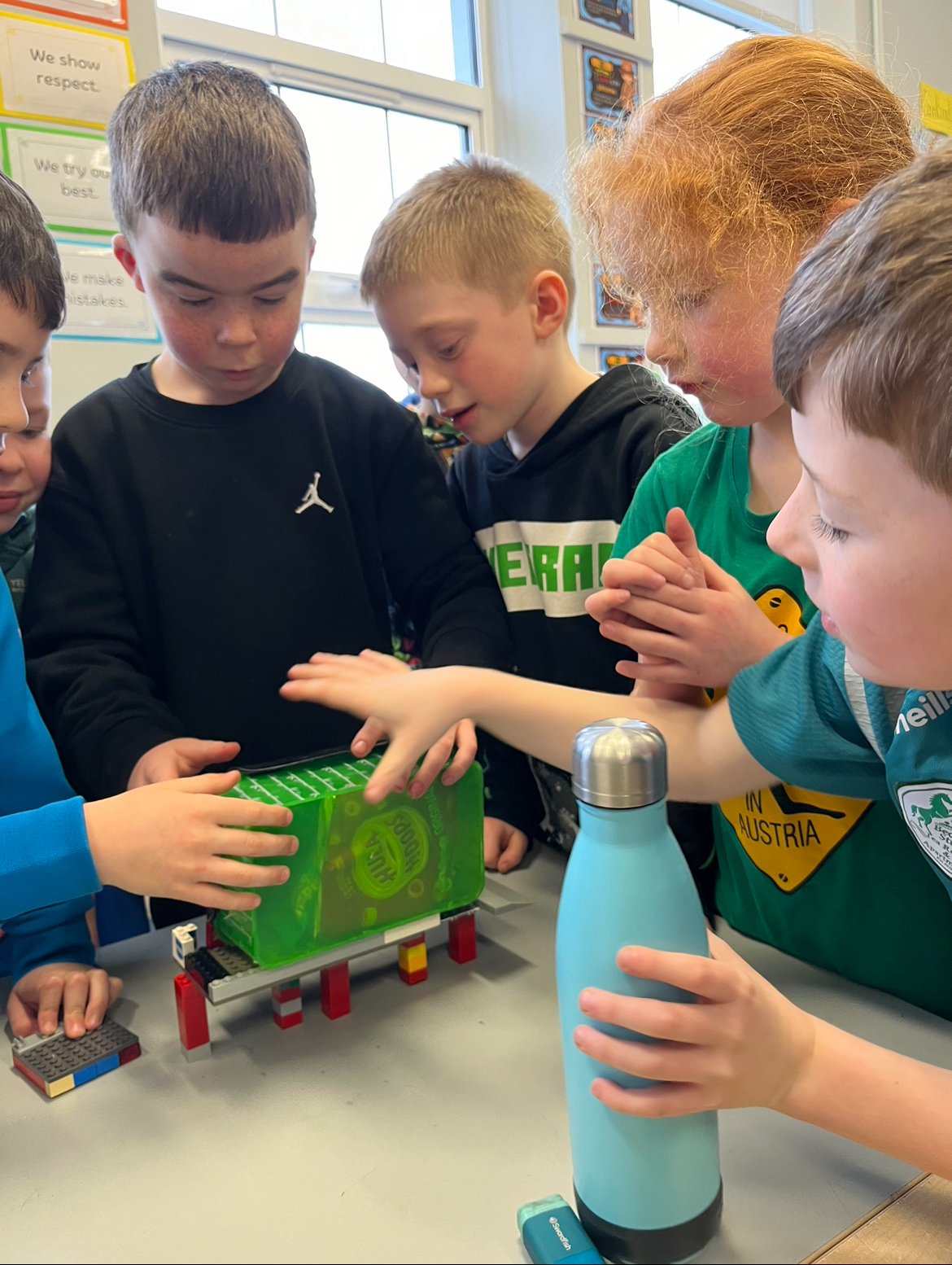
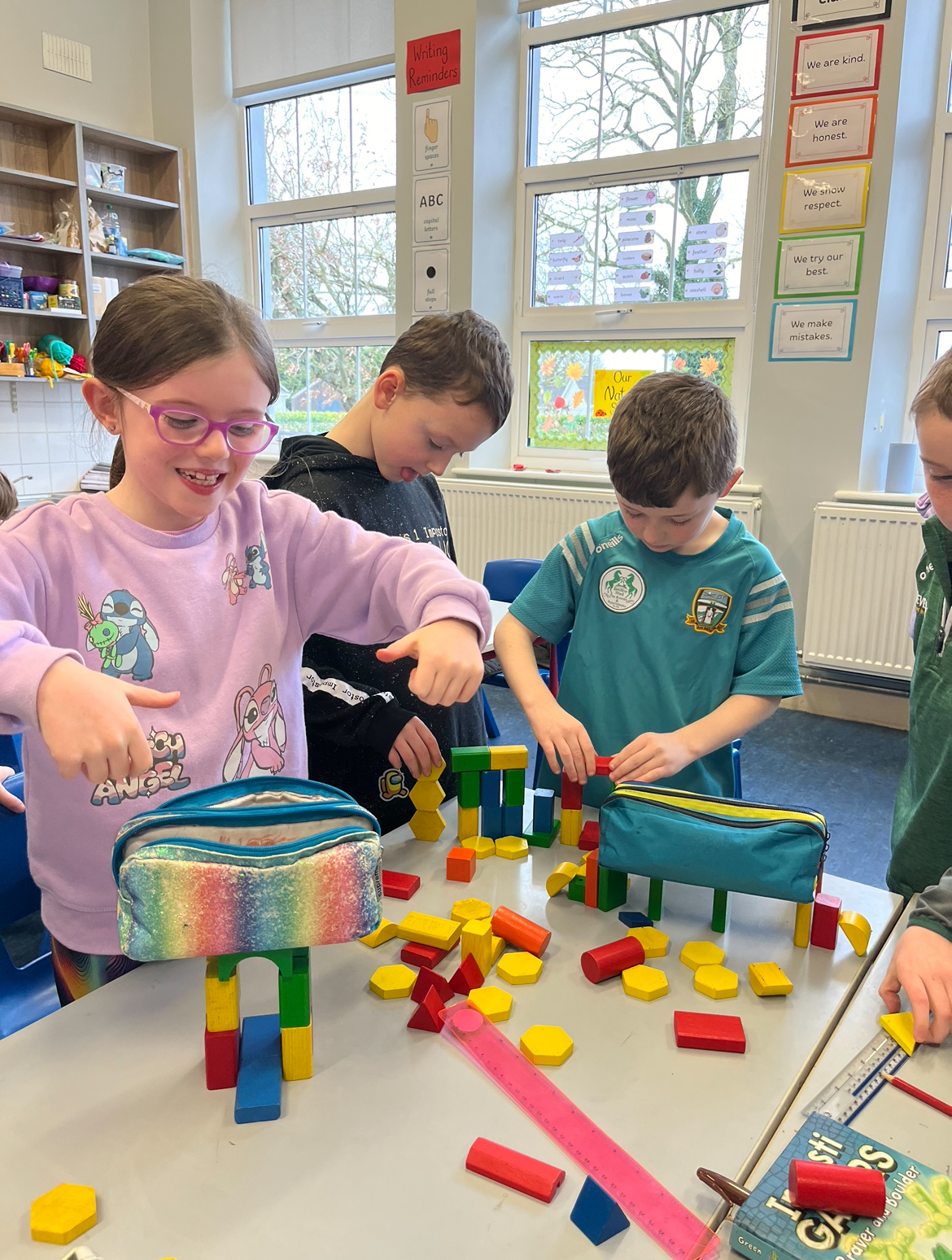


This year for the curious minds initative 3rd class investigated and developed an understanding of how everyday items work.
We focused on the six simple mechanisms
The class learned that:
Mechanisms are designed to perform many functions to make our lives easier. This is called MECHANICAL ADVANTAGE.
We also learned that:
To get an object to move, you need to push it or pull it.
• A push or pull is called a force. The force makes the object move over a distance.
• Force and distance are the two important things that are changed by a mechanism.
In groups the class researched and carried out project work on each of the six simple mechanisms which included
Everyone had great fun and learned so much about Simple mechanisms. Well done Everyone!
